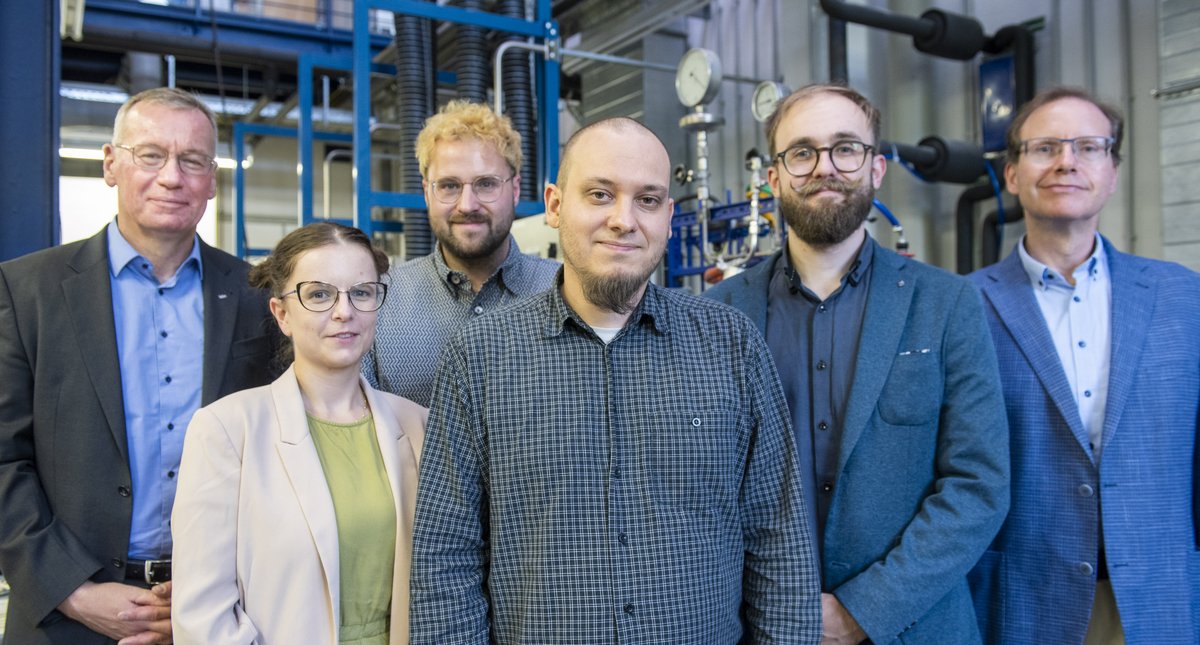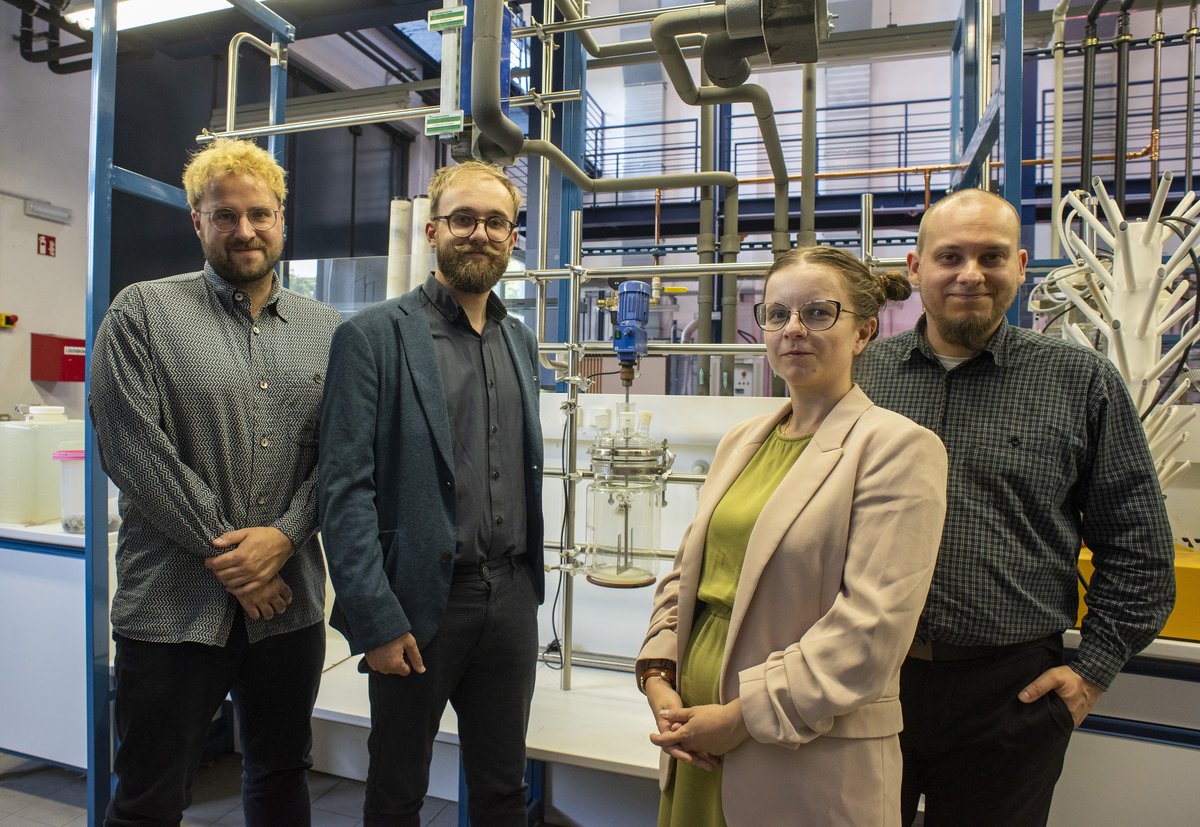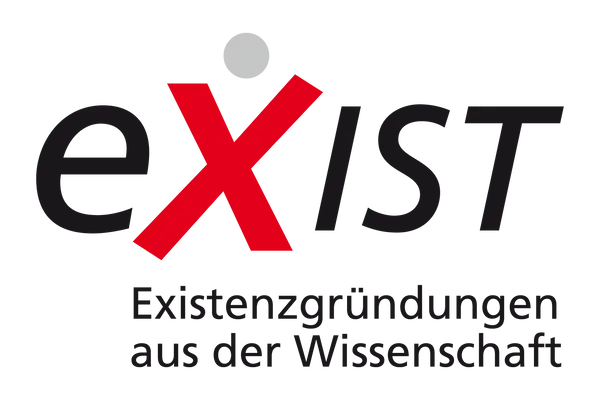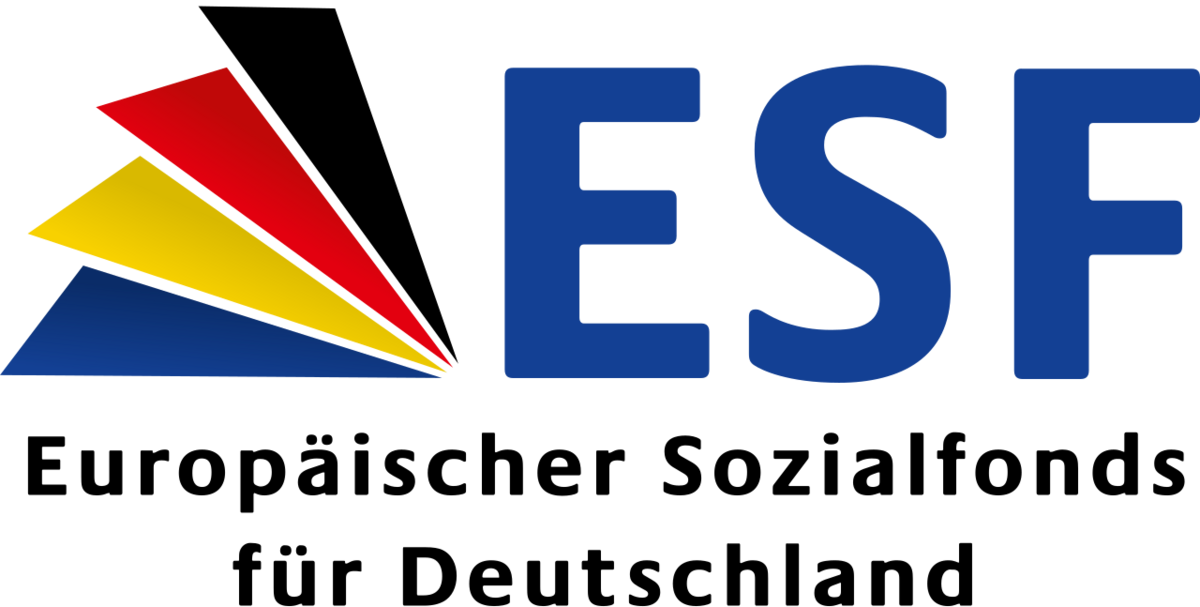From Lusatia to the global market: innovative materials for high-performance technologies
Establishing a new value chain in Lusatia
In the "HoCHQuant" project, a four-person research team at BTU led by Dr. Owen C. Ernst is working on the production of the isotope-pure semiconductor hydrogens silane-28 and German-73d. Due to their modified physical and chemical properties, they offer greater stability for quantum processes compared to their conventional variants. They also serve as raw materials for new materials with exceptionally high thermal conductivity.
Raw materials of this grade are currently not available on the world market. The aim of the research project is therefore to bring the manufacturing process to market maturity and establish quantum grade materials [qgm] GmbH to fill this gap in the market. The team won the Lusatian start-up competition in 2023 with their idea. Pure isotope materials can be used, for example, in the production of chips for quantum computers. Potential customers include some of the companies that have announced their relocations to the region in recent months.
Prof. Dr.-Ing. habil. Michael Hübner, Full-time Vice President for Research and Transfer at BTU: " With the ͵HoCHQuantʹ project, we want to establish Lusatia as the starting point of a value chain for quantum and other future technologies. This is not only good for our region, but also contributes to strengthening European resource sovereignty."
The project will run for two years, from June 1, 2024 to May 31, 2026, and is funded by the Federal Ministry for Economic Affairs and Climate Protection (BMWK) and the European Union from the European Social Fund (ESF). BTU will receive around 900,000 euros for this as part of the "EXIST Research Transfer" program.
Years of experience for the materials of the future
The project is being implemented at the BTU Campus Senftenberg and at Dock3 Lausitz, a competence center for start-ups and industry in the Schwarze Pumpe industrial park. The Institute of Materials Chemistry at the BTU in Senftenberg has been working on the design of material properties for many years and has already entered into several collaborations with regional and national companies and research institutions.
Specialist contact
Dr. rer. nat. Owen Ernst
Physical Chemistry
T +49 (0) 3573 85-851
owen.ernst(at)b-tu.de
Contact us
Physikalische Chemie
T +49 (0) 3573 85-839
Joerg.Acker(at)b-tu.de
Press contact
Kommunikation und Marketing
T +49 (0) 3573 85-283
ralf-peter.witzmann(at)b-tu.de





